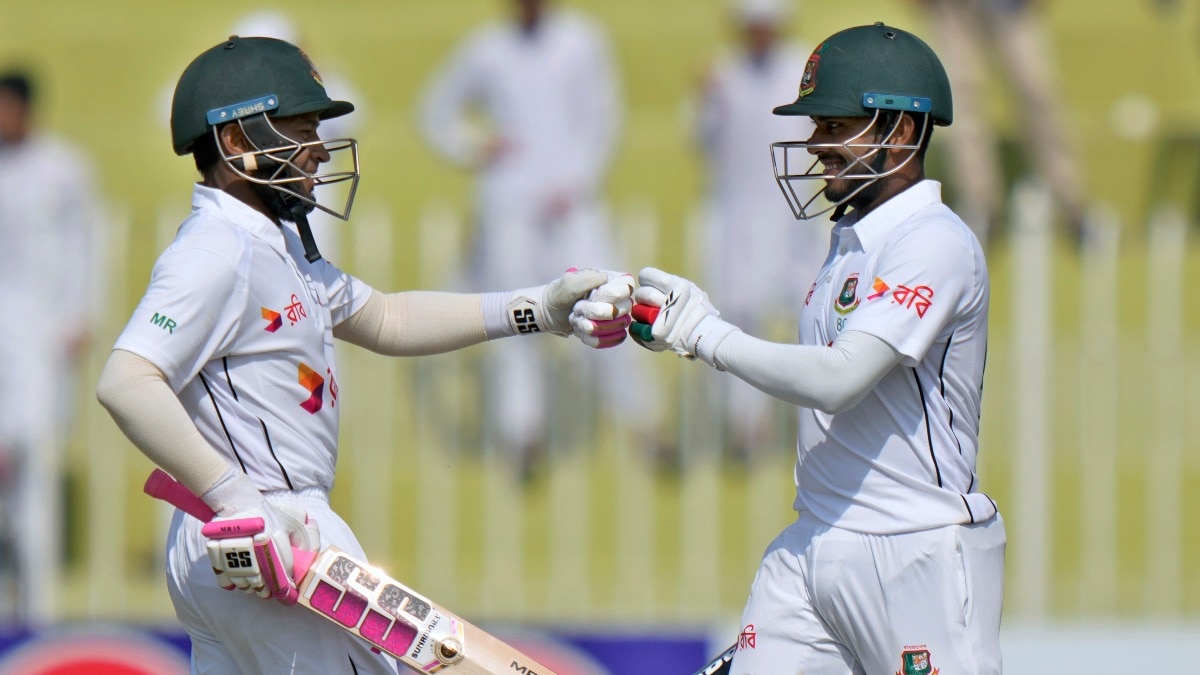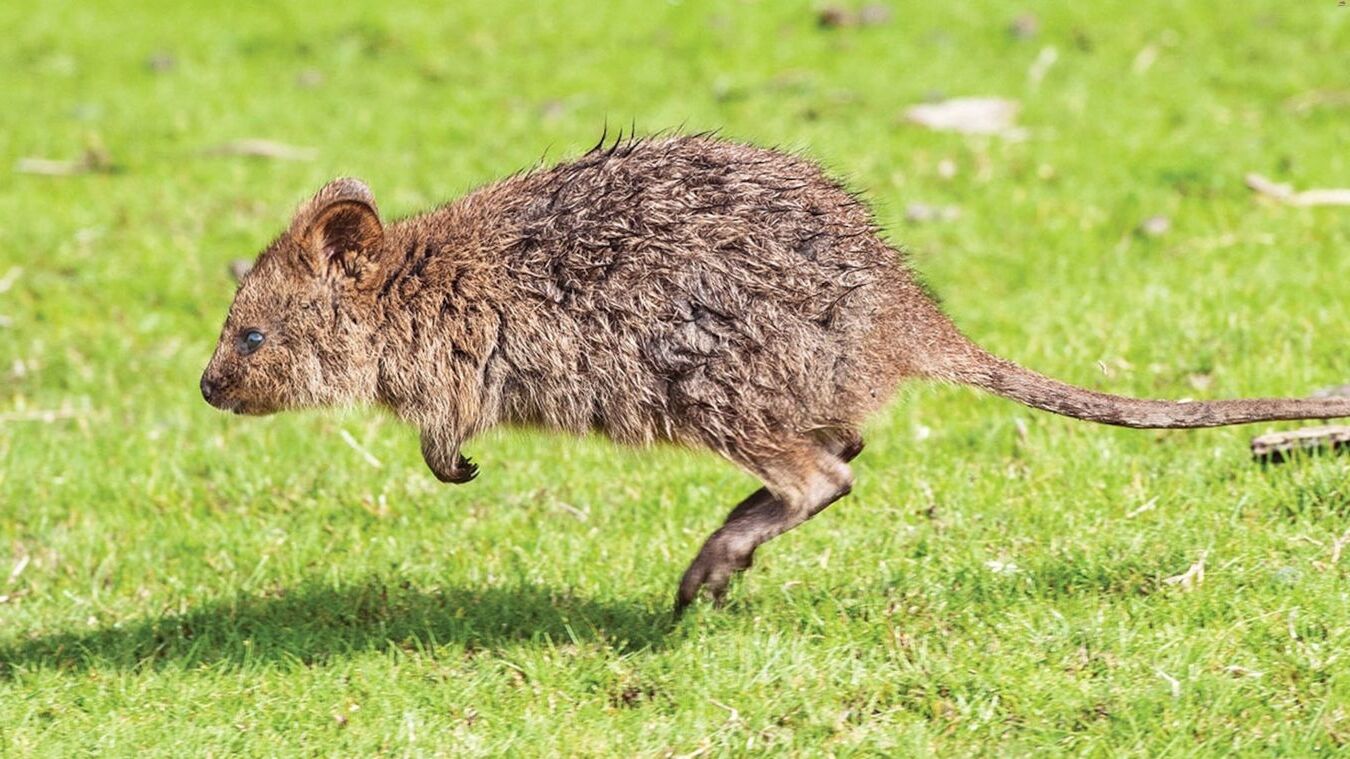
What makes Pakistan and Bangladesh unique yet intertwined? These two nations, once united under British India and later as East and West Pakistan, have carved distinct paths since Bangladesh's independence in 1971. Pakistan, with its four provinces, and Bangladesh, with its eight divisions, showcase diverse cultures, languages, and economic dynamics. Both countries share a predominantly Muslim population, yet Bangladesh leans more secular compared to Pakistan's Islamic republic. While Pakistan's economy is resource-rich, Bangladesh has surged ahead with rapid economic growth and poverty reduction. Their histories, marked by conflict and reconciliation, continue to shape their evolving relationship. Dive into these 40 facts to understand the intricate tapestry of Pakistan and Bangladesh.
Key Takeaways:
- Pakistan and Bangladesh have rich historical backgrounds, with Pakistan being created in 1947 and Bangladesh formed in 1971 after a long struggle for independence. Both countries have large populations, agriculturally based economies, and face significant economic challenges.
- Both nations share commonalities in their religious and cultural identities, with Islam playing a significant role in their cultures. They are also members of international organizations and have made efforts to improve bilateral relations through diplomatic engagements.
Historical Background
Pakistan and Bangladesh share a complex history, marked by significant events that shaped their current identities.
- Pakistan was created in 1947 as the largest Muslim-majority state in the world, following the partition of British India.
- Bangladesh was formed in 1971 after a long struggle for independence from Pakistan, culminating in the Bangladesh Liberation War.
Population
Both countries have large populations, contributing to their dynamic societies and economies.
- Pakistan has approximately 216 million people as of 2023, making it the fifth most populous country in the world.
- Bangladesh has around 166 million people as of 2023, ranking as the eighth most populous country globally.
Economic Dynamics
The economies of Pakistan and Bangladesh have evolved differently over the years.
- Both countries have agriculturally based economies, with a significant portion of their populations engaged in rural activities.
- Bangladesh has experienced more rapid economic growth, with an average annual growth rate of 6.25% over the last two decades, outpacing Pakistan's growth.
Geographical Divisions
Understanding the administrative divisions helps in grasping the political and cultural landscapes of both nations.
- Pakistan is divided into four main provinces: Punjab, Sindh, Khyber Pakhtunkhwa, and Balochistan.
- Bangladesh is divided into eight administrative divisions: Barishal, Chattogram, Dhaka, Khulna, Mymensingh, Rajshahi, Rangpur, and Sylhet.
Language
Language plays a crucial role in the cultural identity of both countries.
- Urdu and English are the official languages of Pakistan, reflecting its colonial history and diverse population.
- Bengali is the official language of Bangladesh, symbolizing its cultural and national identity.
Religion
Religion significantly influences the social and political fabric of both nations.
- Both countries are predominantly Muslim-majority nations, with Islam playing a significant role in their respective cultures and political systems.
- Bangladesh has a more secular government compared to Pakistan, which is an Islamic republic.
Government Structure
The political systems of Pakistan and Bangladesh have distinct characteristics.
- Pakistan operates as an Islamic republic with a parliamentary system, where the President is the head of state and the Prime Minister is the head of government.
- Bangladesh is a parliamentary republic with a common law system, influenced by English common law, where the Prime Minister holds executive power.
Capital Cities
The capitals of Pakistan and Bangladesh are central to their political and administrative functions.
- Pakistan's capital is Islamabad, chosen for its strategic location and neutrality among different provinces.
- Bangladesh's capital is Dhaka, a bustling metropolis and the economic heart of the country.
Constitutional History
The constitutions of both countries have undergone significant changes over time.
- Pakistan adopted its first constitution in 1956, which has been amended and revised multiple times.
- Bangladesh adopted its current constitution in 1972, which has also seen several amendments.
Independence Movements
The struggle for independence has left a lasting impact on both nations.
- Bangladesh gained independence from Pakistan in 1971, after a long struggle led by the Awami League and supported by India.
- The Indo-Pakistan War of 1971 played a crucial role in Bangladesh's independence, marking a significant event in South Asian history.
Post-Independence Politics
The political landscapes of both countries have been shaped by their post-independence experiences.
- Bangladesh experienced a series of military coups and political instability after independence.
- Pakistan has faced periods of military rule and democratic governance, reflecting its complex political history.
Regional Tensions
Both countries have faced internal regional tensions that have influenced their political dynamics.
- Pakistan has tensions between its smaller provinces (Sindh, Balochistan, and Khyber Pakhtunkhwa) and the Punjabi majority.
- In Bangladesh, there have been issues related to the Bihari community, who migrated from India during partition and continue to seek repatriation to Pakistan.
Environmental Concerns
Environmental challenges are significant for both nations due to their geographical locations.
- Pakistan faces challenges such as earthquakes, deforestation, and water pollution, impacting its natural resources and population.
- Bangladesh is vulnerable to flooding, due to its low-lying geography and the presence of major rivers like the Brahmaputra and Ganges.
Economic Challenges
Both countries strive to overcome economic hurdles to improve their citizens' quality of life.
- Both countries face significant economic challenges, including poverty and infrastructure deficits.
- Bangladesh has made significant strides in reducing poverty, from 11.8% in 2010 to 5.0% in 2022.
International Relations
Pakistan and Bangladesh engage in various international organizations to promote their interests.
- Both countries are members of the Commonwealth of Nations and the Organization of Islamic Cooperation (OIC).
- They are also part of the Developing 8 Countries and the South Asian Association for Regional Cooperation (SAARC).
Bilateral Relations
Efforts to improve bilateral relations have been ongoing between Pakistan and Bangladesh.
- In 2018, Pakistan removed visa requirements for Bangladeshi citizens, aiming to strengthen diplomatic ties.
- There have been efforts to enhance relations through diplomatic engagements, reflecting a desire for better cooperation.
War Crimes Tribunal
The legacy of the 1971 war continues to influence both countries.
- In 2013, Bangladesh executed Abdul Quader Molla for war crimes committed during the 1971 Bangladesh Liberation War.
- This move was met with a statement of condemnation from Pakistan's National Assembly, highlighting ongoing tensions.
Population Growth
Rapid population growth presents challenges for both nations.
- Both countries face significant population growth, putting a strain on natural resources and social services.
- This growth is largely driven by high birth rates and a youthful population, necessitating effective policy responses.
Rural-to-Urban Shift
Urbanization is transforming the social and economic landscapes of both countries.
- Both countries are experiencing a rapid rural-to-urban shift, driven by economic opportunities and better living conditions in cities.
- This shift affects urban development and infrastructure, requiring significant investments to accommodate growing urban populations.
Agriculture
Agriculture remains a cornerstone of both economies, despite modernization efforts.
- Agriculture remains the main economic activity in both countries, with rice being a major crop in Bangladesh and wheat in Pakistan.
- Agricultural productivity is a significant challenge, necessitating innovations and investments to improve yields and sustainability.
Looking Ahead
Pakistan and Bangladesh, despite their shared history and cultural ties, have carved out distinct paths since their separation in 1971. Pakistan, with its diverse provinces and rich natural resources, faces challenges in political stability and economic growth. Bangladesh, on the other hand, has made remarkable strides in poverty reduction and human development, driven by rapid economic growth and social reforms.
Both nations grapple with environmental issues, population growth, and infrastructure deficits. Yet, they also share opportunities for cooperation in areas like trade, security, and environmental sustainability. Efforts towards reconciliation and cultural exchange continue to bridge gaps, fostering a sense of regional unity.
Understanding these 40 facts sheds light on the complexities and potential of Pakistan and Bangladesh. Their journey from shared origins to independent futures highlights the resilience and aspirations of their people. Looking ahead, both countries aim to build brighter, more prosperous futures through collaboration and mutual respect.
Frequently Asked Questions
Was this page helpful?
Our commitment to delivering trustworthy and engaging content is at the heart of what we do. Each fact on our site is contributed by real users like you, bringing a wealth of diverse insights and information. To ensure the highest standards of accuracy and reliability, our dedicated editors meticulously review each submission. This process guarantees that the facts we share are not only fascinating but also credible. Trust in our commitment to quality and authenticity as you explore and learn with us.


